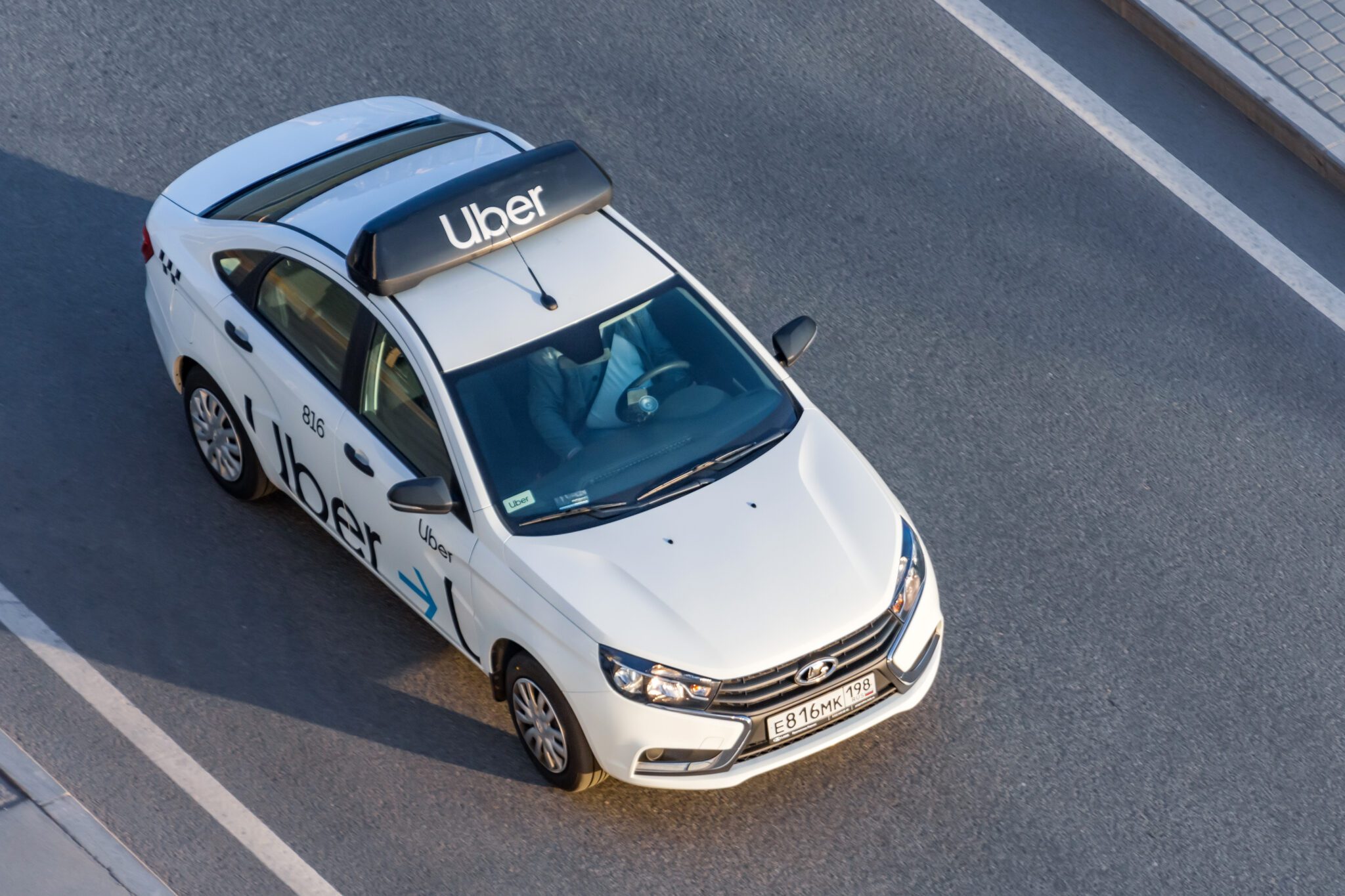The issue of whether a worker is an employee or a contractor has been thrown back into focus by the Court of Appeal’s just-issued decision in the long-running Uber saga.
We have previously written about the Employment Court’s decision in 2022 which found that four Uber drivers were employees. That decision was promptly appealed by Uber to the Court of Appeal.
In a nutshell, the Court of Appeal has agreed that the four drivers are employees of Uber businesses. However, it has disagreed with the approach taken by the Employment Court when assessing the status of the drivers.
The Employment Court had previously assessed what the real nature of the relationship was between the employees and the Uber businesses (as required under the Employment Relations Act). However, the Court of Appeal took issue with the way this assessment was undertaken for a number of reasons, including due to the Employment Court:
- Focussing on the vulnerability of the drivers, relative to Uber.
- Suggesting that the question of whether a worker was an employee or a contractor needs to be assessed having regard to the underlying social purposes of the Employment Relations Act.
- Placing less emphasis on the contractual arrangements between Uber and the drivers.
- Taking an overly broad approach to who is classified as an employee (particularly when applying the well-established ‘fundamental’ test).
Significantly, the Court of Appeal felt that the Employment Court’s conclusions may have been influenced by a perception that the drivers were vulnerable and that there was a need for them to receive the protections available to employees. It made clear that the question of whether certain vulnerable workers need the protection of employment is a matter for Parliament rather than for the Employment Court.
Assessing a worker’s status
The Court of Appeal judgment considers that the correct approach for assessing a worker’s status is two-fold:
- The focus is first on ascertaining the realities of the worker and the principal’s mutual rights and obligations arising from all relevant matters. This includes the contractual terms and actual practice.
- Once the real nature of the relationship has been ascertained, it must then be assessed against the three well-known tests. Namely the control exercised over the worker, the degree to which they are integrated into the principal’s business and the fundamental test of whether the worker is carrying on their own independent business.
The conclusion reached by the Court of Appeal in taking this approach was that the four drivers were indeed employees. There is a long list of reasons for this. Key reasons included:
- The high degree of control that Uber was able to exercise over drivers once they had logged into the Uber app.
- The limited ability of the drivers to generate their own goodwill.
- The fact that the drivers couldn’t influence the quantity or quality of the work they received (or the revenue from their work).
What does this mean for employers?
While the Court of Appeal has arguably taken a less expansive view of when a contractor will be an employee than the Employment Court, there are still significant risks relating to the engagement of contractors which need to be carefully navigated. Businesses which engage contractors should take careful note of the clarification provided around when a worker will be an employee.
It is not enough to simply provide a contractor with an independent contractor agreement and assume that will be sufficient. Businesses must control the narrative and undertake a basic risk assessment which considers:
- How much control (over the contractor) is actually required?
- Can the business afford to provide the contactor with increased flexibility?
This assessment is important: failing to consider these risks can mean that a business has an employee when it did not want one. This in turn can lead to financial exposure with a claim for wage arrears, sick leave and annual leave.
The decision is also likely to receive quick attention from the coalition government (particularly the Act party), which has previously signalled that it is open to changes in this area, subject to the outcome of this appeal. Uber has indicated that it will seek to appeal to the Supreme Court, so it is unlikely that the Court of Appeal decision will be the end of the conversation.
We will be undertaking a more thorough analysis of the decision as part of our upcoming employment law newsletter. In the meantime, if you have any questions about the decision and what it may mean for your business, please do not hesitate to get in touch with our employment team.
Disclaimer: The content of this article is general in nature and not intended as a substitute for specific professional advice on any matter and should not be relied upon for that purpose.






